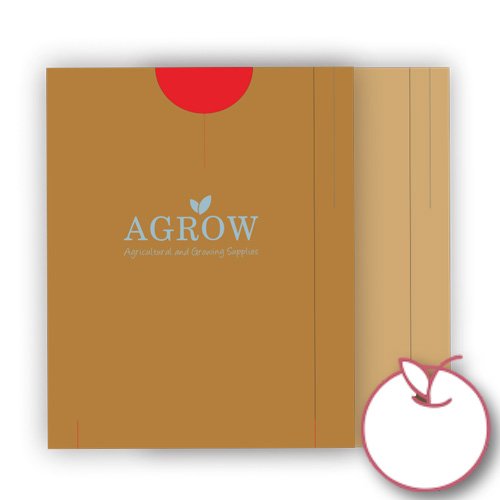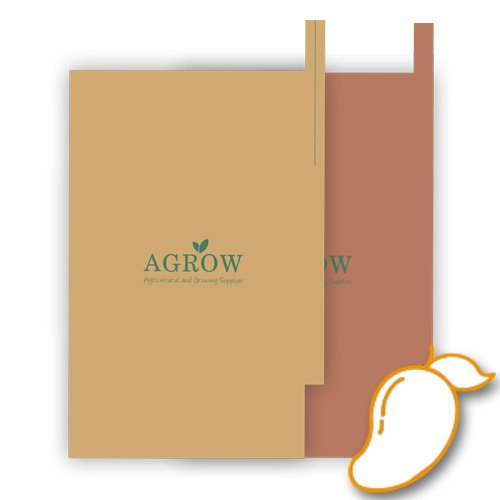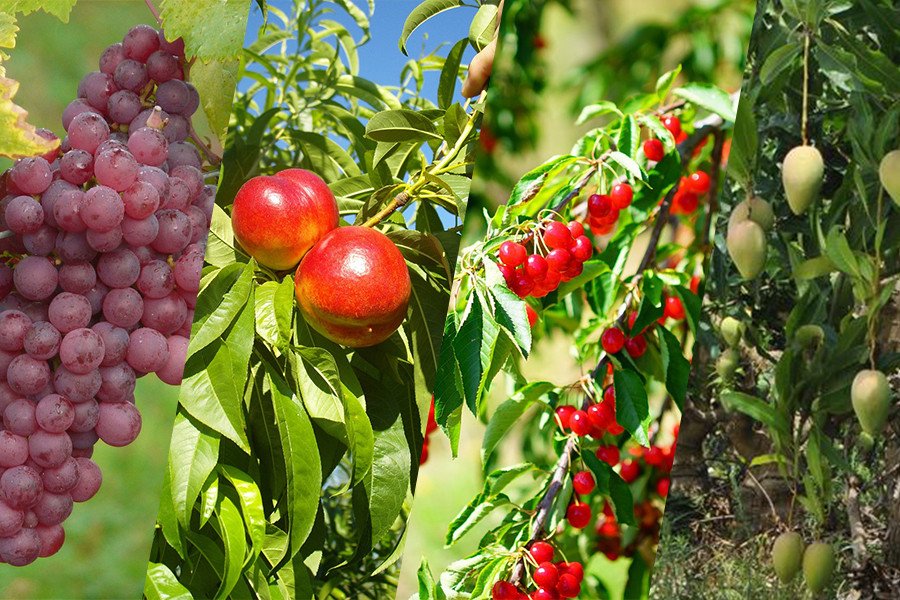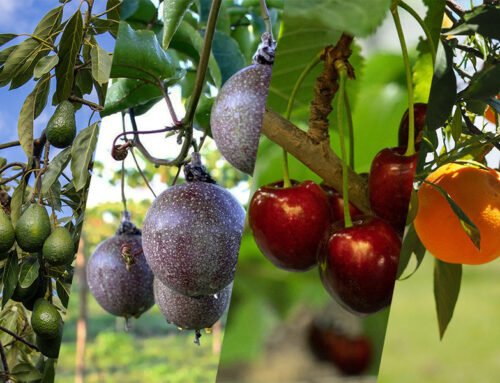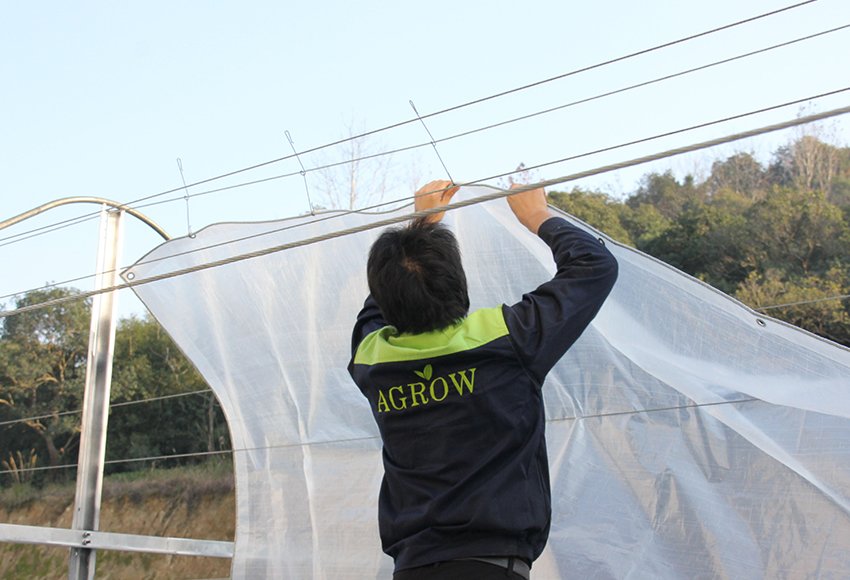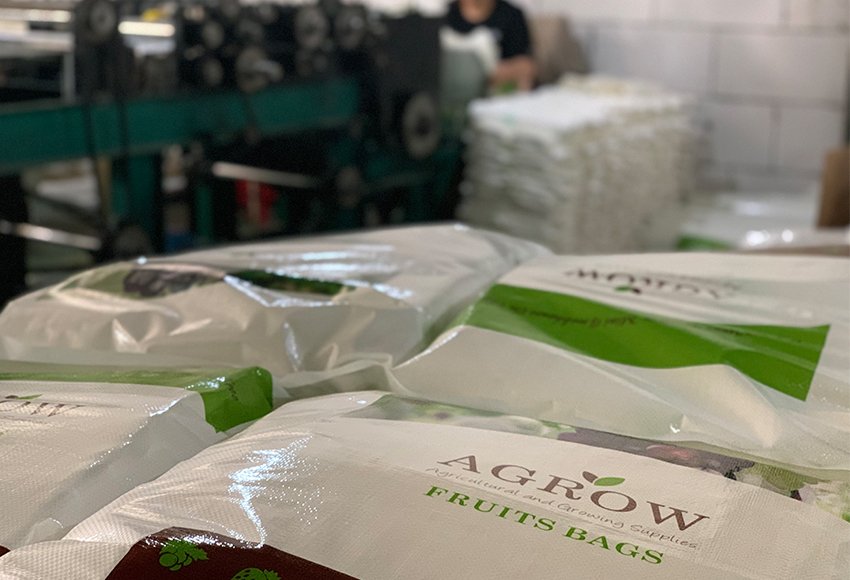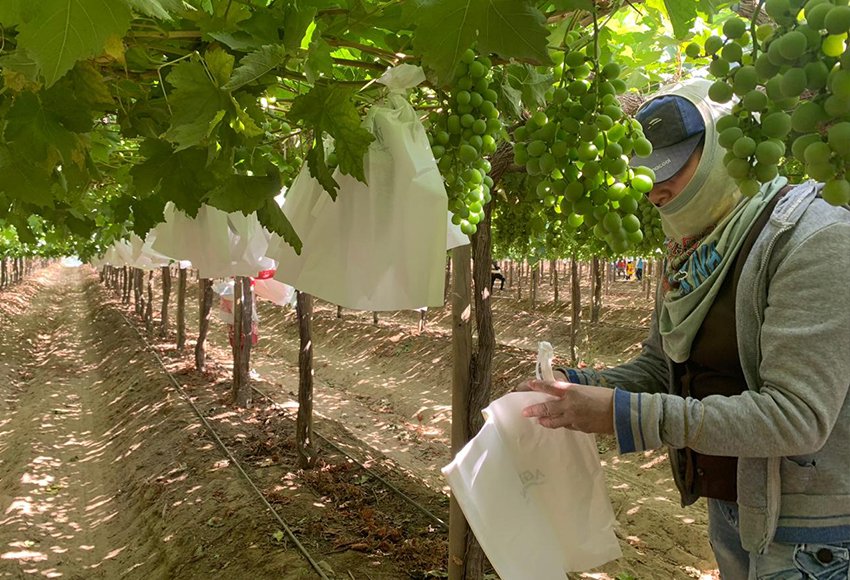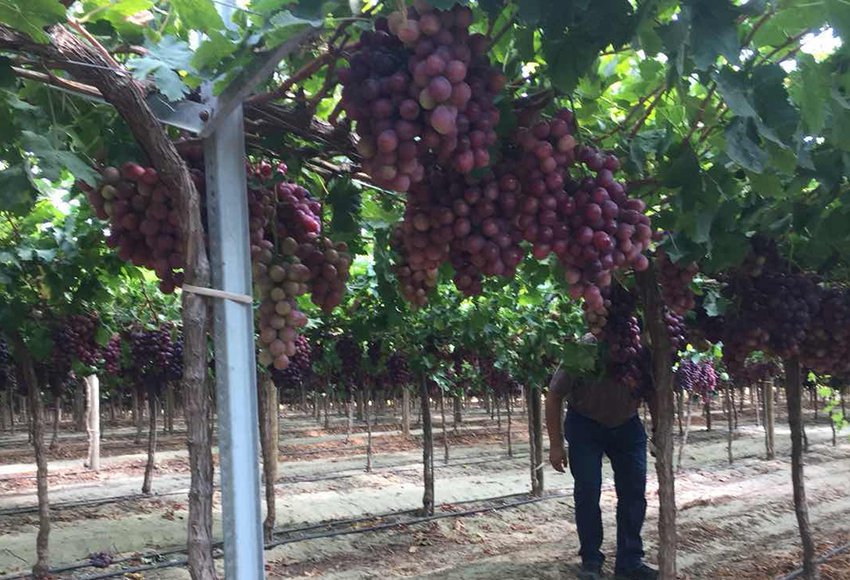October 2024: Fruit Industry Trends and Highlights – Early
California Growers File Lawsuit Against USDA Over Chilean Grape Import Approval
California table grape grower organizations have filed a lawsuit against the USDA, challenging the approval of the Systems Approach for importing Chilean table grapes. The complaint asserts that this decision disregards traditional safeguards, exposing U.S. growers to risks from invasive pests.
Approved after over 20 years of negotiations, the Systems Approach replaces methyl bromide fumigation with alternative mitigation measures. The plaintiffs, including the California Table Grape Commission, argue that APHIS failed to provide adequate reasoning or opportunities for public comment. They seek a court ruling declaring the approval violates the Administrative Procedure Act for being arbitrary and capricious.
USDA 2024 Forecast: Growth in California Grape and Peach Production
The USDA’s 2024 production forecast indicates increased output for California’s table grapes and peaches. Table grape production is expected to rise by 22% to 2.3 billion pounds, while peach production is projected to increase by 22% to 719,000 tons. Last year’s grape yield was affected by adverse weather, but this year’s conditions are more favorable. Peach exports surged 50% due to higher domestic production and lower prices. Additionally, cranberry production is up for the third consecutive year. Retail prices for apples and bananas have slightly decreased, while orange prices have increased. Overall, fresh fruit prices show mixed trends.
Chile Launches 2024-25 Cherry Season with Record Export Projections
Chile celebrated the cherry blossom season on October 3 in Chimbarongo, heralding the beginning of the 2024-25 cherry export season. Claudia Soler, executive director of the Chilean Cherry Committee, estimated exports at 131 million boxes (657,935 tons), reflecting a remarkable 59% increase from last season.
The industry is investing over $9 million in marketing while collaborating with the government to tackle issues like fruit fly management. Niu Qingbao, the Chinese ambassador to Chile, expressed strong support for Chilean cherries, highlighting the benefits for producers and Chinese consumers. The government continues to foster partnerships to maximize opportunities in the growing Chinese market.
Expanding Horizons: The Growth of Europe’s Organic Apple Market
The organic apple market in Italy represents 5-10% of total apple production, with a production area increasing to approximately 22,200 acres in 2023. The IT’S BIO project aims to promote organic apple production across Italy, Belgium, and France, supported by AOP Gruppo VI.VA. Organic apple production volumes exceeded 200,000 tons in 2023, with exports growing by 10%, particularly to Germany and France. The Benelux market is also seeing robust growth, with projections exceeding 10% CAGR through 2027.
Consumer demand focuses on health and sustainability, primarily among medium- to high-income families. Despite challenges in sustainable practices, varieties like Gala and the innovative Candine are gaining popularity.
Significant Increase in U.S. Mango Shipments Expected This Fall
The National Mango Board’s latest report predicts a 49% year-over-year increase in mango shipments to the U.S. from October to November. Brazil’s mango season is expected to be 36% lower than last year, projecting about 7.9 million boxes, while Ecuador anticipates a 109% increase, aiming for 13.5 million boxes. The main varieties shipped are Tommy Atkins (70%) and Ataulfo/Honey (25%). Brazil’s season began in August, with shipments significantly reduced compared to last year, whereas Ecuador’s shipments have surged from 39,810 boxes last year to over 567,190 boxes this season.
Key Considerations for Exporting Fresh Fruit to the U.S. Market
During a webinar on exporting fresh fruit to the U.S., Enrique Rojas from Trade & Business Partners emphasized key considerations for Latin American exporters. He noted that the U.S. is a significant market for agro-industrial products, with over 350 million consumers. Logistics are crucial, particularly with Southeast Florida as a primary entry point for imports. Rojas explained that most fruits enter the U.S. with minimal tariffs, reflecting a growing trend toward healthier eating.
He highlighted regulatory requirements, such as FDA registration and phytosanitary certificates, necessary to ensure products are pest-free. Manuel Echeverría stressed the need for effective market segmentation, as demand for exotic fruits like pineapple and mango is on the rise.
